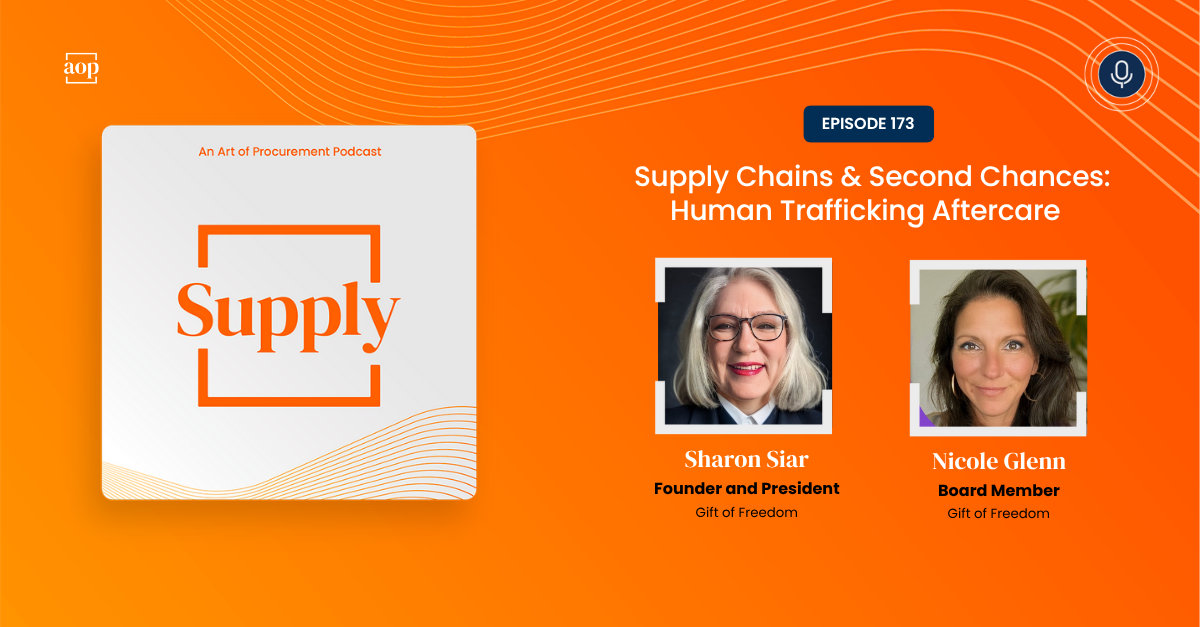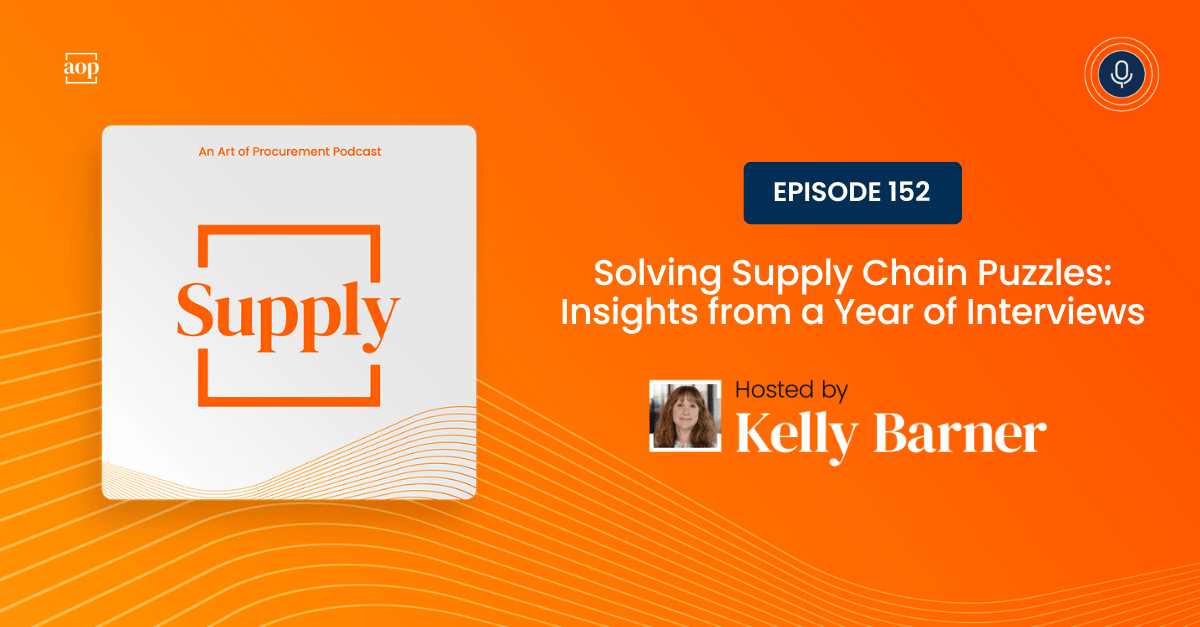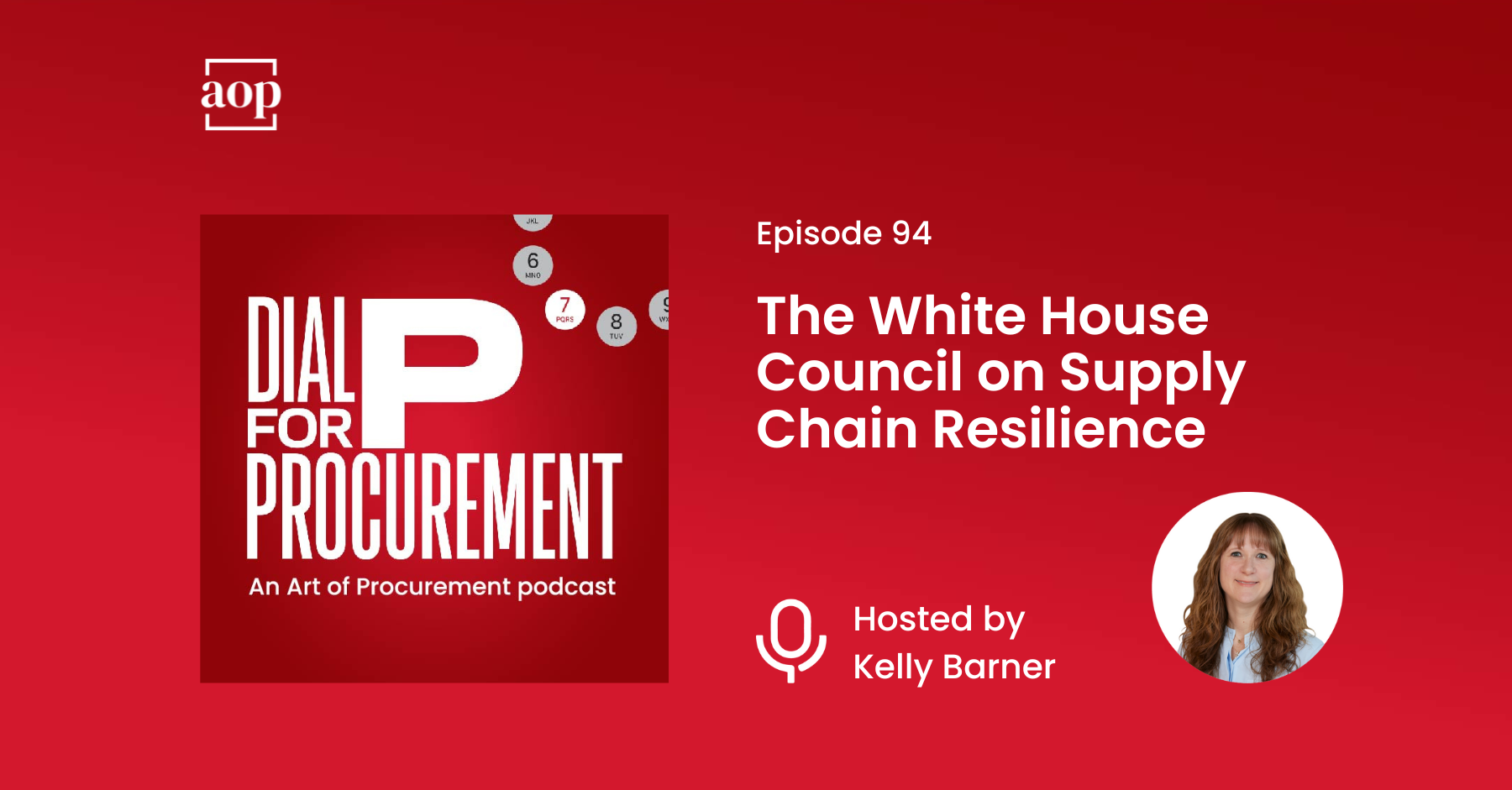
When I sat down to talk with Sharon Siar and Nicole Glenn about the organization “Gift of Freedom,” I knew I was about to hear something powerful. Sharon shared that the idea of helping victims of human trafficking had been on her heart for years, something she couldn't let go of.
Then one morning, over breakfast, she brought the idea up to Nicole. After hearing about a family that Sharon was already helping, the lack of funding for resources for survivors, and the challenges survivors face in gaining true freedom within their lives, Nicole jumped in without hesitation.
Sharon and Nicole pulled their contacts, figured out the certification process, and spent the next year building what would become “Gift of Freedom.” Their goal wasn't just to raise awareness. They wanted to fill a critical gap in victim rescue: aftercare.
Mission Centered Around Counseling
A specific theme kept coming up in our conversation: how often counseling is overlooked in the fight against human trafficking. Sharon and Nicole emphasized that rescuing victims is only the beginning; true healing takes time, support, and professional care.
Sharon put it plainly, saying, “If we don’t [provide counseling], it's just a matter of taking them out of a situation, but it doesn't give them the help they need to get through it.” Nicole agreed, offering the sad reality that long-term support often gets lost in the broader conversation. “This is more than just a one-time conversation. This is an ongoing facilitation of help.”
They shared a touching story that spoke to this problem. Sharon once helped a woman who had been rescued from trafficking. She had no furniture for the apartment she was given, no food for her or her two children, which she had while being trafficked, and no tools for processing her trauma–but still was suddenly expected to function normally.
“It took a long time,” Nicole said. “People, when they're in it for so long, they don't even know the ability to be free. It's you and your two children in this foreign land and it's ‘get to work, go change your life, be part of society’ without any comprehension of how do I even take those next steps and how do I process that trauma?”
Sharon feels that this area of rescue is often overlooked due to the lack of counselors available–and it spirals from there. “People don't think about that side of it so much as getting them rescued, getting them out of the situation they're in, and then putting them back out in the world.”
It also doesn't help that survivors of human trafficking still carry a stigma felt by those around them. Unfortunately, people may see these survivors as criminals rather than victims. Sharon rebukes that mindset, saying, “Nobody grows up wanting to be a prostitute,” she said. “We need to get them the counseling that they need.”
The Terrifying Reality of Human Trafficking
Perhaps one of the toughest, but most important, parts of our conversation highlighted how prevalent trafficking is– and how misunderstood. While many people think that trafficking occurs thousands of miles away in some distant land, the reality is that the U.S. is the number one country for human trafficking, with California and Texas ranking as the most dangerous states.
Sharon went on to explain that it often starts at home. Parents or family members can be the perpetrators. Some children are lured online via fake friends. Others are simply taken.
“Trafficking can start in the home... family members... online ‘boyfriends’... babies, even,” she said. “There’s a wide range of kids being trafficked, and we don’t even have an idea about it.”
Although important work is being done to combat the rise in trafficking, there's not much data to go on. The most recent statistics are nearly a decade old, from 2017, and cite that trafficking in Dallas alone at that time generated nearly $90 million per year.
Nicole and Sharon see this lack of honest data as part of the problem. Nicole pointed out, “With secrets, it’s significantly harder to uncover [the truth] and understand really what the tried and true numbers look like.”
Where Supply Chain Comes In
Throughout this tough conversation, one thing that gave me hope was how deeply supply chain and logistics professionals are committed to the fight. Nicole, Sharon, and many of their colleagues come from this space and have rallied others within the industry to help, from fundraising to providing services pro bono.
Nicole explained,“We come to work, and we are doing what we're doing to move the world forward. The idea that we are part of something that is leading to such horrible things that we're not aware of... makes us have this connection to it.”
Despite the fact that a large amount of human trafficking is done via the trucks and trains that supply chain professionals operate and oversee every day, these people are also uniquely positioned to be part of the solution. “We work together the best that we can, but we're also working individually. I think the more we work together, the better we're going to be.”
Join the Cause Yourself
Most days, the fight against human trafficking is an exhausting one. Advocates are doing their best with the limited funding they have, and there aren’t enough resources to address every stage of rescue. For Sharon, Nicole, and the team at “Gift of Freedom,” it’s worth it.
“We've got a big job in front of us. It's almost too much at times, but we just take it one child at a time because that's what's important.”
If you're moved by their mission the way I was, you can get involved in so many ways– donate money, volunteer for a committee, help with marketing, or support them at trade shows and logistics events.
It doesn't matter where in the world you are. As Nicole put it, “You don’t need to be in Texas. You can be anywhere helping this mission.”
Head to https://giftoffreedom.org/ to see where you can make a difference.




